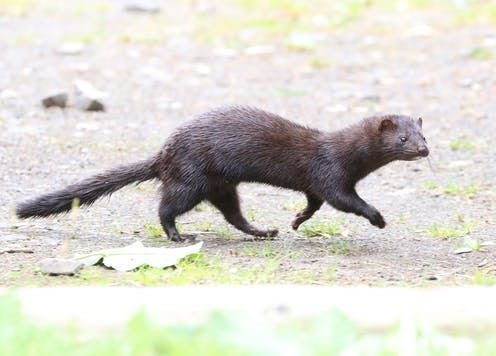
New Delhi (NVI): With the human population growing rapidly and increasing its demands on the planet for food, water and natural resources, there is a high chance that it may introduce “alien” or “invasive” species in an environment or natural habitat which may lead to the extinction of the native species.
According to a study published by Tim Blackburn, Professor of Invasion Biology in The Conversation, dozens of species around the world have gone extinct as environments worldwide are being converted to agricultural and urban lands, wild animal and plant populations are being over-hunted and over-harvested, and pollution is destroying the ability of many areas to support what nature remains.
Professor Blackburn says that the best way in which humans can protect this remaining nature is to designate some pieces of land (and water) as national parks, nature reserves or some other form of “protected area”.
Human activities within these areas are restricted, so that habitats can be maintained or restored, and the plant and animal populations living there can thrive unmolested, he says.
However, one of the main ways that people are destroying the natural world is through the introduction of “aliens” – species that do not naturally occur in an area, but have been taken there deliberately or accidentally by humans. “Aliens may consume, infect, breed with and compete with native species, and convert or destroy habitats, among other impacts,” says the Professor.
As a result, dozens of species have gone extinct. While people should know and respect the sanctity of protected areas (or at least are meant to), alien species definitely do not, he adds, while raising an important question that whether protected areas nevertheless are able to protect against the impacts of aliens.
The professor, with his colleagues from the Chinese Academy of Sciences recently explored this question. “We used a diverse sample of almost 900 animal species that have established alien populations somewhere in the world, including mammals, birds, reptiles and various invertebrates. We then assessed whether these aliens occurred within the boundaries of almost 200,000 protected areas worldwide,” he says.
In a study published in Nature Communications, Professor Blackburn found that fewer than 10% of these areas were home to these alien animals.
“This means, of course, that more than 90% are currently free of all them. Encouragingly, this suggests that protected areas may be effective in protecting nature even against creatures for which human designation and signage are irrelevant,” he was quoted as saying by World Economic Forum.







